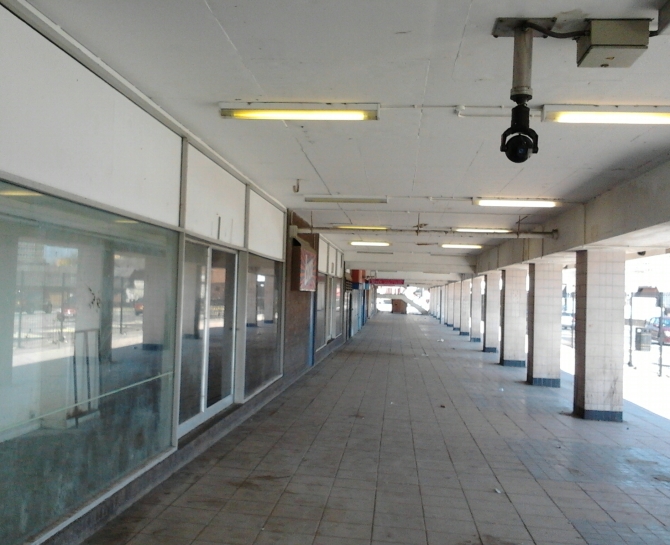With the latest data from the British Retail Consortium (BRC) showing a positive upturn in non-food sales, many retailers are taking advantage of this improved consumer confidence to expand their operations and move into new regional markets. This has had a positive impact upon nationwide shop vacancy rates, with May bringing a further dip of 0.1 per cent.

According to the information gathered by the Local Data Company (LDC), the drop to 13.4 per cent is significantly better than the 14.1 per cent recorded by the monitor this time last year. However, it is yet to fall to pre-recession levels, which prior to the financial crash remained consistently stable at 5.5 per cent.
As the LDC gathers data from over half a million retail outlets in 2,700 locations throughout the country, the figures indicate that wide regional variations remain in the retail property market. London, for example, is currently enjoying a very low shop vacancy rate due to increasingly high demand from international retailers, while the North East and Northern Ireland continue to lag behind.
As a a result, LDC director Matthew Hopkinson urges an element of caution, although he does concede that the economic forecast for retailers finally seems to be improving.
He says; “The improving vacancy rate reflects a more positive economic outlook for consumers in terms of price deflation, wage increases and continued interest rates at an all-time low.
“These factors are highly volatile so it would be wrong to call the market on vacancy rates as much can change in a short space of time as history shows!”
Yet while the situation may be improving, for now at least, there still remain many high streets, shopping centres and out of town retail parks failing to turn a profit – largely as a result of split consumer loyalties between commercial property establishments and online e-tailers. This is one reason why chief executive of property investment firm British Land, Chris Grigg, voiced the opinion last week that around 25 per cent of all retail property is “technically obsolete”.
The issue, he believes, is a lack of diversity in modern retail developments, which simply cannot compete with the scope of online marketplaces. And while some investors and developers have taken steps to combat this by introducing leisure facilities to retail developments, he believes there is much further to go in order to revolutionise retailing for the 21st century.
He said; “These developments are going to have to shrink down so they have got a much clearer purpose through a combination of stores, more residential, more mixed use.
“But it is a very painful process.”
Previous Post
Chinese Billionaire buys Landmark Madrid Building